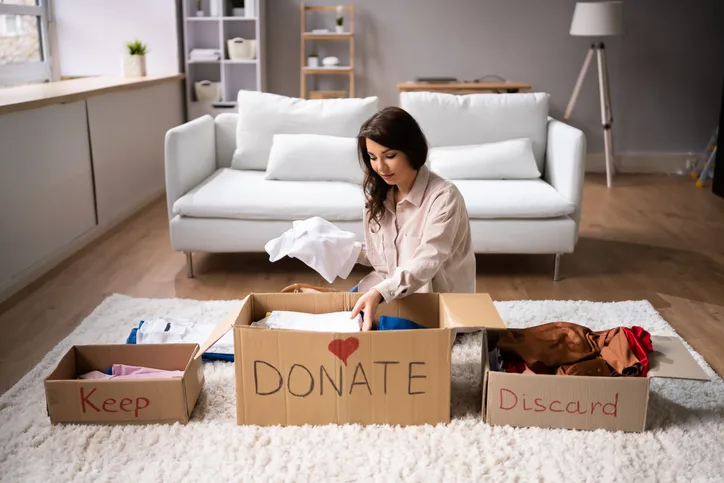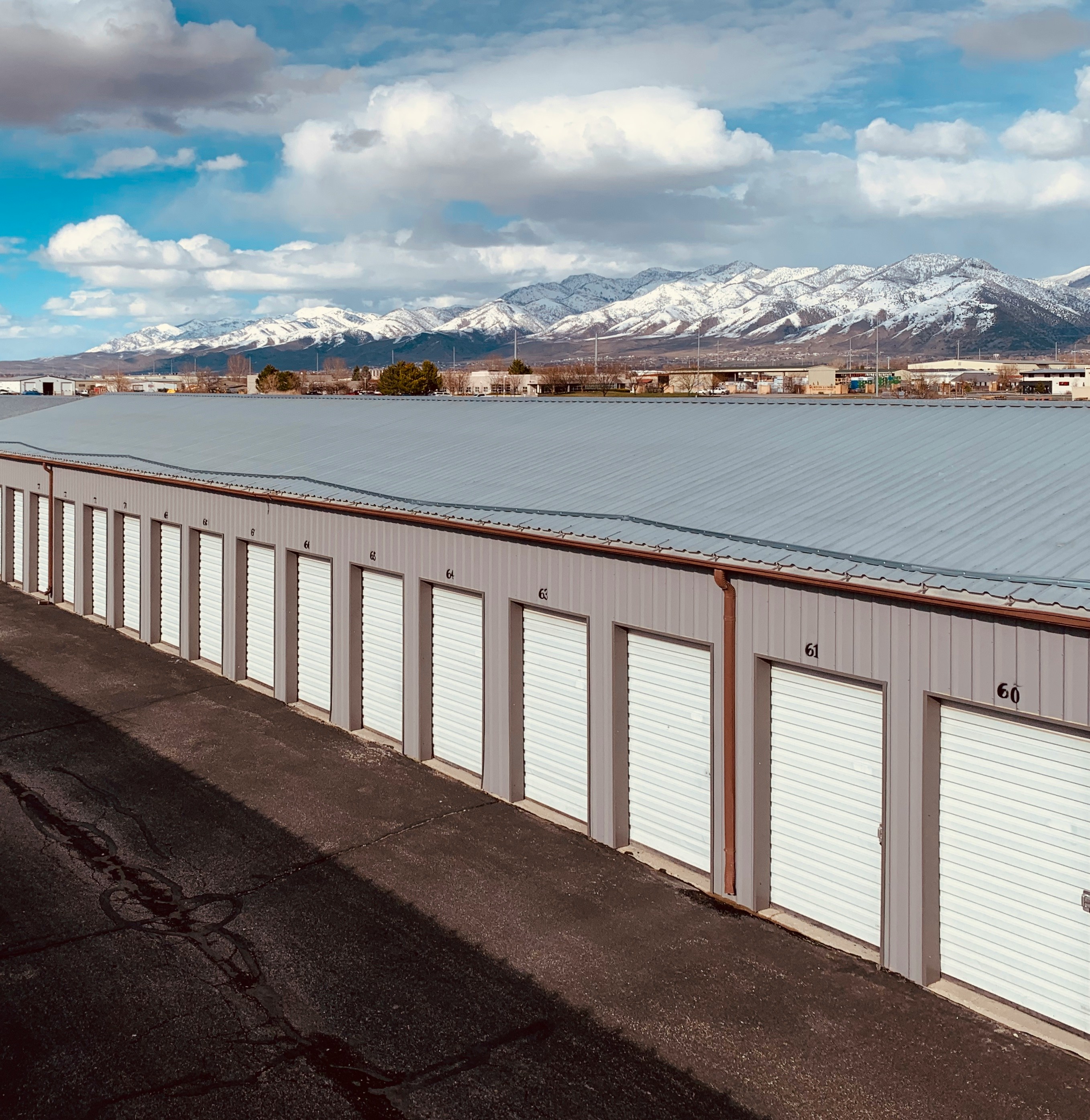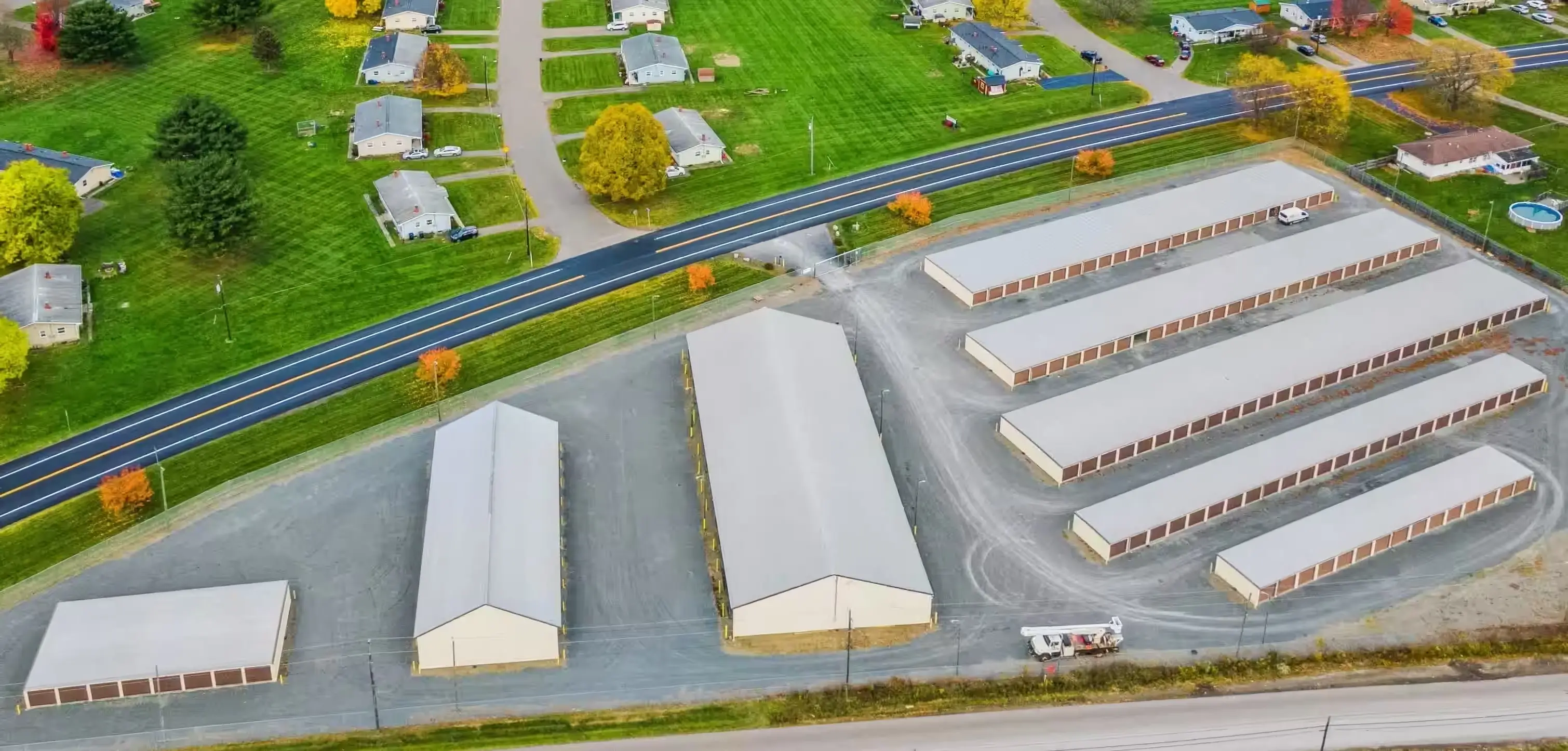Clutter builds up fast, and before you know it, your home feels chaotic. Whether you’re moving, downsizing, or just trying to breathe a little easier, decluttering is the first step.
This room by room decluttering checklist gives you 25 simple tasks to help you get organized fast. It’s beginner friendly, totally doable in short sessions, and includes helpful storage ideas for items you want to keep but don’t need every day.
Here are a few quick decluttering and home organization tips to get started:
- Start with one drawer, shelf, or corner — not the whole room
- Use the Four Box Method: Keep, Donate, Trash, Relocate
- Set a 10-minute timer to avoid burnout
- Label bins clearly for seasonal or rarely used items
- Store things vertically to free up space
- Don’t forget under-bed, wall-mounted, or self-storage solutions
Room-by-Room Decluttering Checklist
Living Room
- Sort Books and Magazines
Keep what you love or plan to reread. Recycle the rest. Use vertical shelves or bins to keep things tidy. - Organize Electronics and Cables
Untangle cords. Label them. Donate or recycle gadgets you haven’t used in the last year. - Simplify Décor and Photo Displays
Rotate seasonal decorations and limit surfaces to 1–2 display items. Store the rest in bins or a small storage unit.
Kitchen
- Clean Out the Pantry
Remove everything. Toss expired food. Organize by category (spices, grains, snacks). - Declutter the Fridge and Freezer
Discard expired or freezer-burned food. Group like items together (frozen veggies, meat, etc.). - Organize Utensil Drawers
Remove duplicates. Keep only what you actually use. Use dividers for tidiness. - Sort Dishes and Bakeware
Keep only your everyday items. Move holiday dishes or bulky appliances to storage. - Match Lids to Containers
If it doesn’t have a match, let it go.
Bedroom
- Declutter Your Closet
Remove everything. Donate what doesn’t fit or hasn’t been worn in a year. Reorganize by type and season. - Clean Out the Nightstand
Limit it to a lamp, book, and one personal item. Use drawers to keep extras out of sight. - Use Under-Bed Storage
Great for seasonal clothes, spare linens, or keepsakes. Use labeled bins or rolling drawers. - Organize Shoes and Bags
Keep your most-worn pairs accessible. Store others in boxes or a hanging rack.
Bathroom
- Toss Expired Toiletries
Check dates on everything — makeup, meds, skincare. If you don’t use it, out it goes. - Fold and Store Towels Neatly
Limit yourself to 2–3 towels per person. Donate worn-out extras. - Clear the Countertops
Only essentials (soap, toothbrush, etc.) stay. Store the rest in drawers or bins. - Clean Out the Shower Caddy
Remove empty bottles and old razors. Replace only the essentials.
Home Office
- Organize Important Papers
File tax documents, warranties, and legal papers. Shred anything you no longer need. - Tidy Up Supplies
Group pens, chargers, sticky notes. Toss broken items or excess. - Store Keepsakes Smartly
Use labeled file boxes or small bins for memorabilia and backup storage.
Garage, Storage & Kids’ Stuff
- Sort Kids’ Clothes and Toys
Donate outgrown items. Store seasonal toys in bins labeled by category. - Declutter Tools and Hardware
Toss duplicates or broken tools. Group items by task (gardening, repairs). - Store Seasonal Decor
Use clear bins with labels for each holiday. Keep only what you’ll reuse. - Use Wall Shelving to Save Floor Space
Install shelves for bins, tools, and supplies. Keep the floor as clear as possible. - Declutter Sports and Outdoor Gear
If it hasn’t been used in 2 years, consider donating or storing it offsite. - Create Zones in Your Garage or Storage Room
One for tools, one for kids’ stuff, one for seasonal gear. Use signs or color-coded bins.
How to Declutter When You’re Overwhelmed
Use the Four-Box Method:
- Keep: You use it regularly or truly value it
- Donate: Someone else can use it
- Trash: Broken, expired, unusable
- Relocate: It belongs in another room
Try 10-Minute Decluttering Bursts:
- Set a timer
- Pick one small zone (drawer, shelf, counter)
- Sort, wipe down, and move on
- Repeat daily
What to Do with Items You Want to Keep (But Don’t Need Daily)
Some items are worth keeping but don’t need to be in your living space. Examples include:
- Seasonal décor
- Baby gear you’re saving
- Out-of-season clothes
- Extra furniture
- Sentimental items
That’s where self-storage can help.
What Fits in a Storage Unit?
Need help choosing the right size? Start here
How to Keep a Clutter-Free Home (Maintenance Tips)
Daily
- Put things back as you use them
- Sort mail instantly
- Keep counters clear
Weekly
- Declutter one room
- Clean out your fridge
- Tidy up closets or drawers
Monthly
- Revisit bins and storage
- Rotate seasonal clothes and décor
- Donate or discard what you’re no longer using
Final Tip: You Don’t Need to Declutter Everything at Once
Start small. Stay consistent. Use the checklist. And if you’re short on space, self-storage can help you keep the items you care about — without the mess.
FAQ: Decluttering & Storage
- How do I start decluttering when I’m overwhelmed?
Pick one small area (like a drawer or shelf) and use a timer. Progress builds momentum. - How long should a full home declutter take?
Anywhere from a weekend to a month, depending on size and consistency. - What items are worth storing instead of tossing?
Anything with emotional value, seasonal use, or future need (baby gear, décor, tools). - What shouldn’t go in a storage unit?
Food, flammable liquids, live animals, and anything illegal. Always check with your provider. - How do I know what size storage unit I need?
Use a storage size guide like the one above or ask your local facility for help.
Find Storage Units Near You Up To 75% Off
Discover nearby storage units with up to 75% off at Bolt Storage. Affordable solutions for your storage needs. Find convenience without the high cost.
PRICE MATCH GUARANTEE
We will beat any price in town



.webp)

.webp)



